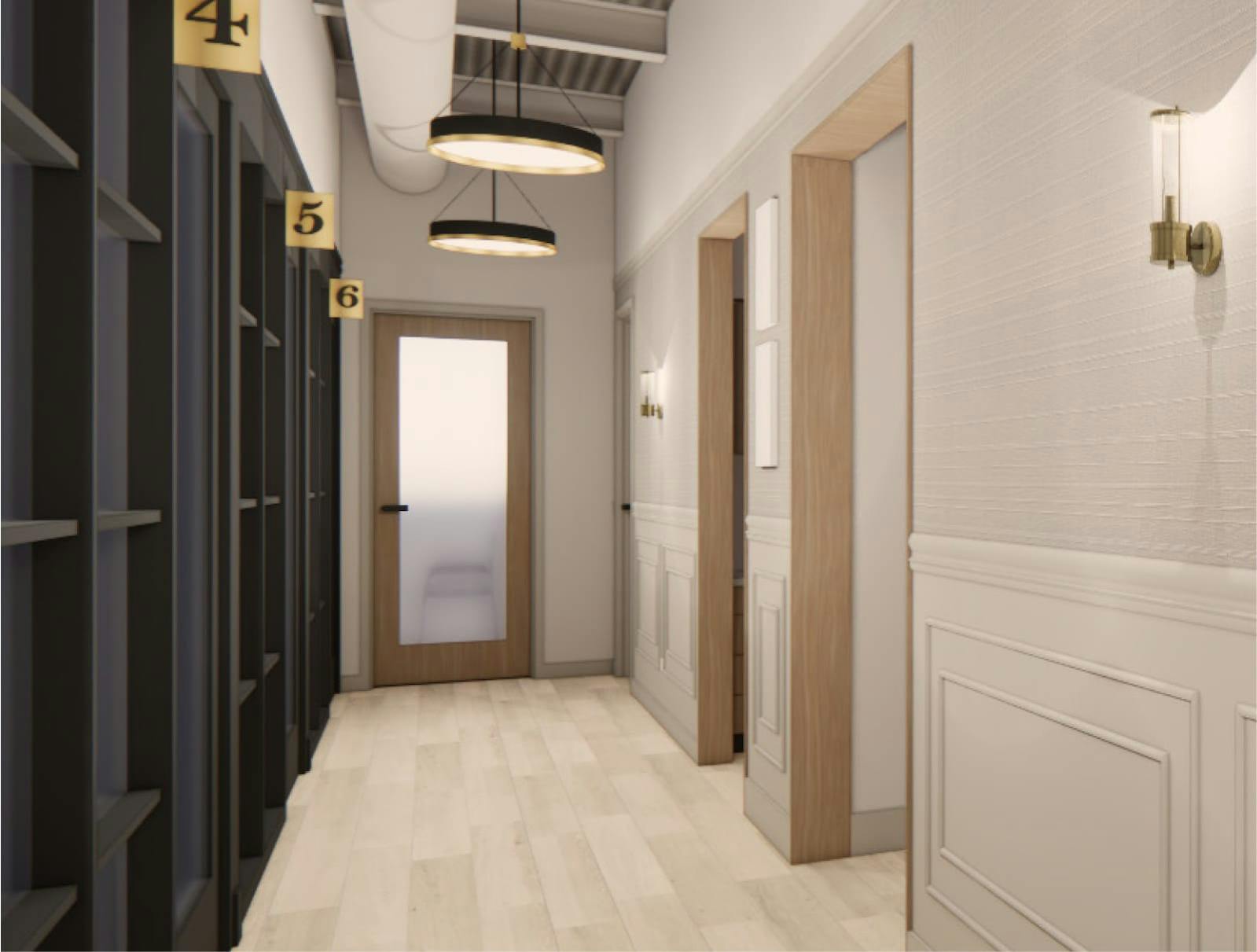Facial palsy is a condition in which the facial nerve is damaged due to injury or illness, leading to paralysis or weakness of the muscles on one side of the face. Atlas Institute Peripheral Nerve Care specializes in facial palsy treatment in Denver, providing patients with an effective surgical solution for restoring movement to their affected facial muscles.
Signs and Symptoms of Facial Palsy
The signs and symptoms of facial palsy vary depending on its cause but commonly include muscle weakness or paralysis on one side of the face, eyelid drooping, inability to raise eyebrows normally, difficulty closing eye completely when blinking, asymmetric mouth when smiling/grimacing, unusual blinking patterns due to poor closure of one eye during blinking, inability to keep food/liquids in cheek properly for normal swallowing.











